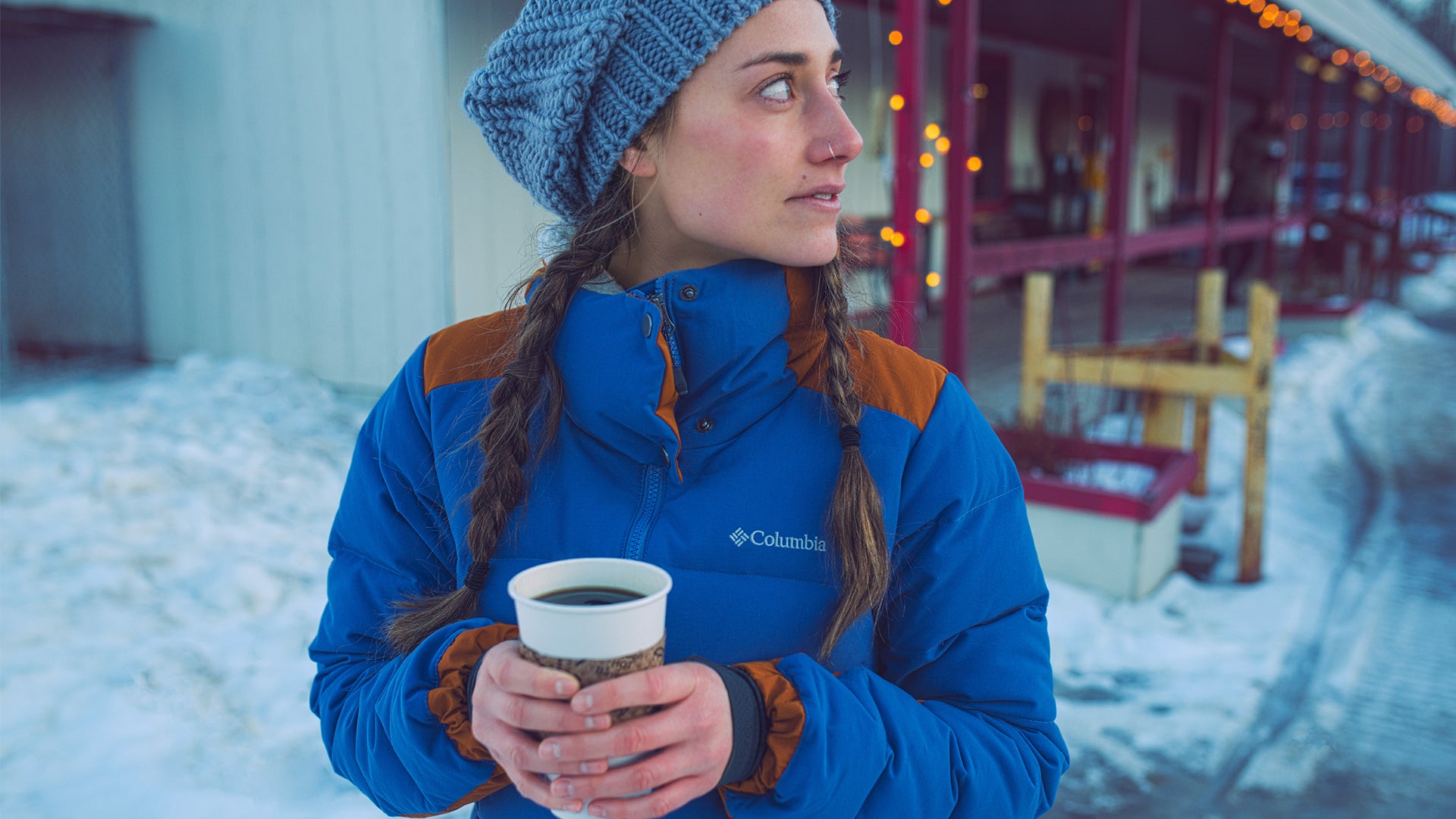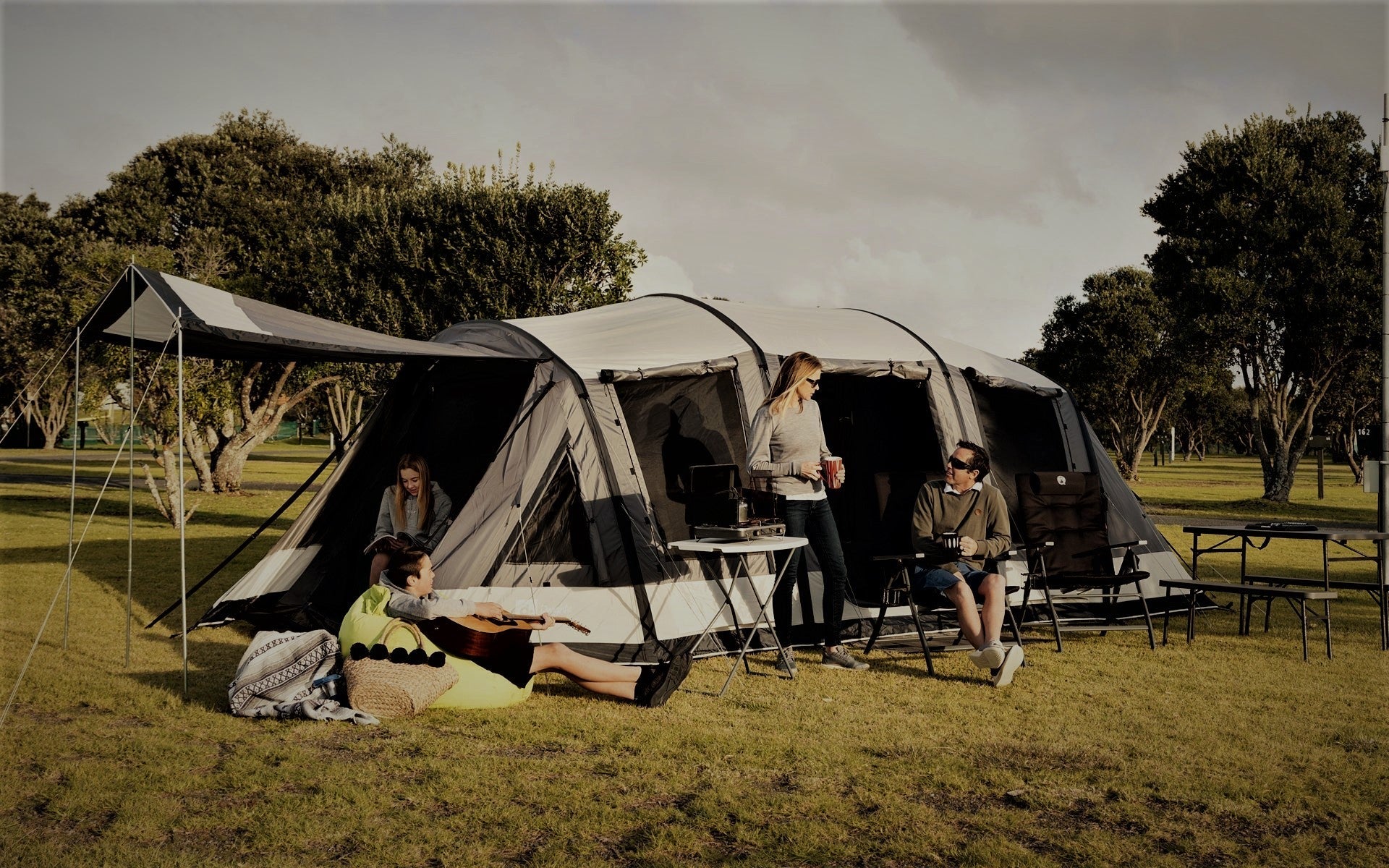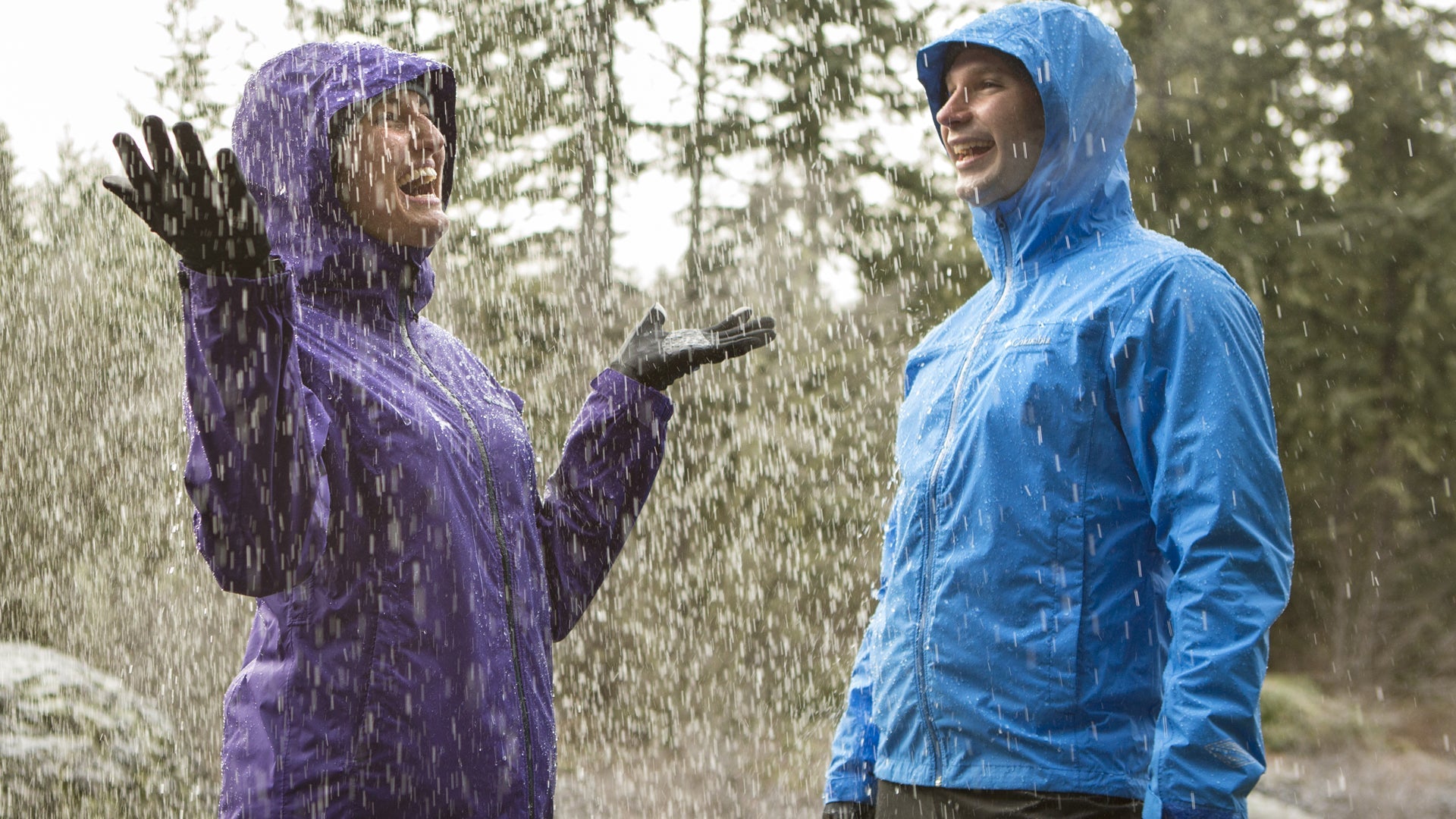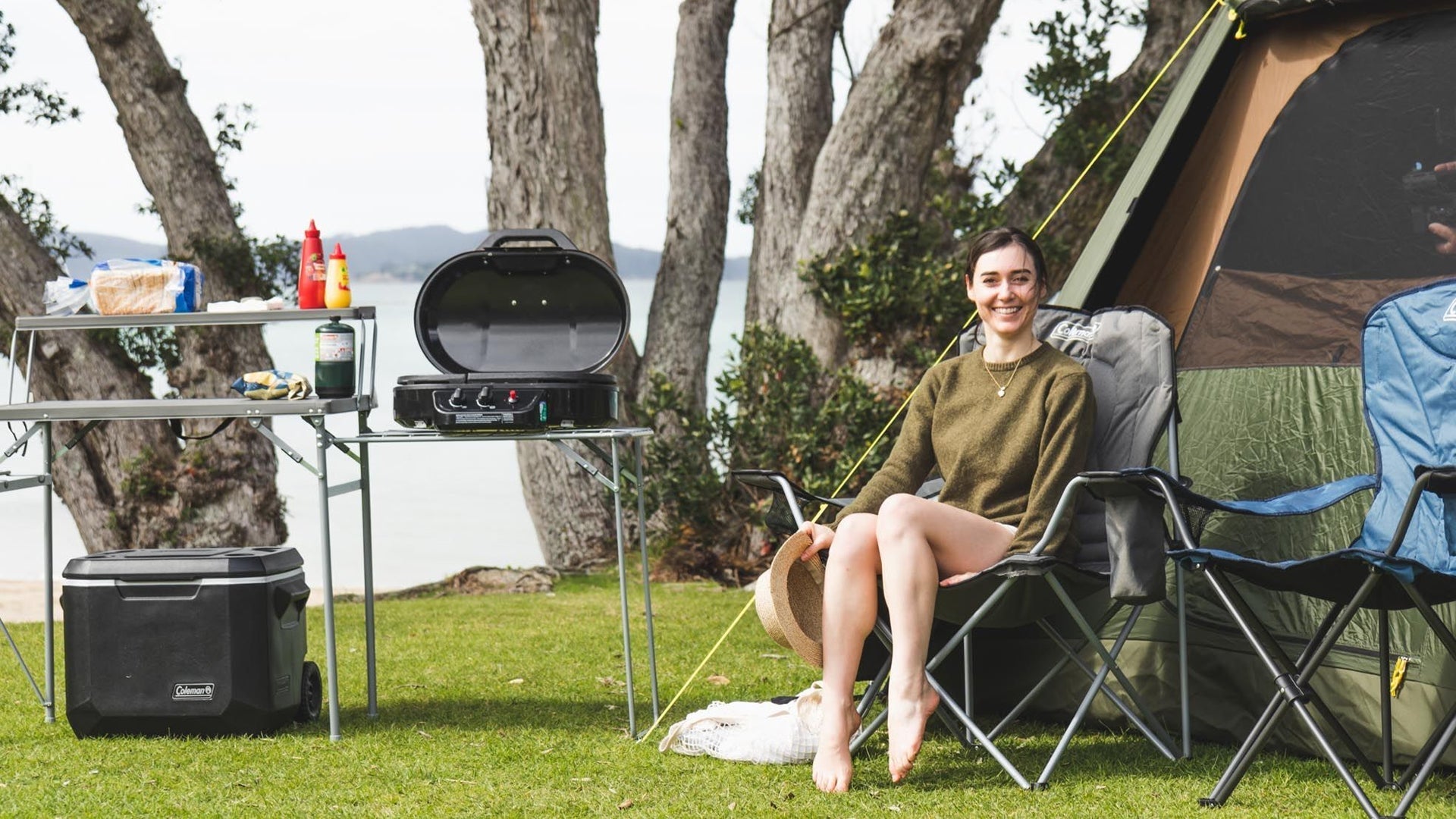How To Choose a Spotting Scope
If you want to take your bird-watching experience to the next level, you may consider purchasing a spotting scope. It can also be useful for other outdoor hobbies, like wildlife watching, hunting, and stargazing.
The magnification power is the main advantage of using a spotting scope instead of binoculars. You can get amazingly detailed images, as some have magnification powers up to 100x.
This guide details the main features to look for when choosing a spotting scope to help you make the best purchase decision possible.
Factors to consider when choosing a spotting scope
Magnification power
Most spotting scopes offer a magnification range from 15x to 60x. Unlike what most may believe, higher magnification is not always better. Why? Because the more powerful your lenses are, the more sensitive they are to movements. In other words, the higher the magnification, the more you need to stay still, or you will be unable to get a clear image.
Magnification also affects the field of view. You have a wide field of view when using low magnification power. As you increase the magnification power, your field of view also narrows.
Zoom lenses
Picking the right zoom lenses can be tricky because there is a trade-off between the lens size and brightness. Larger lenses let a lot of light in, resulting in bright images. On the other hand, they are also heavier and harder to carry. Smaller lenses do not let as much light in and produce darker images.
What you need depends on the light conditions in which you practice your hobby. Larger lenses are better if you use a spotting scope at night with minimal lighting, whereas smaller lenses are preferable in daytime conditions. For maximal flexibility, spotting scopes with 50-80 mm lenses usually work best.
Glass quality
Glass quality impacts brightness and image clarity. The best scope lenses are made with fluorite-coated, high-density, or extra-low dispersion glass. The difference in image quality when using that type of glass is particularly noticeable when using high magnification power or in low-light conditions.
However, lenses with high-quality glass are more expensive, so budget is another factor to consider.
Eye relief
Eye relief is the space between the eyepiece lens and where your eyes need to be. Wearing glasses increases the distance between your eyes and the eyepiece, decreasing your field of view. The solution? Get a scope with longer eye relief. It fixes the issue by directing the focal point farther behind the eyepiece, re-establishing the complete field of view.
It is best to look for 12-15 mm of eye relief if you wear glasses. If you want to share the spotting scope with someone who does not wear glasses, you may consider buying one with moveable or folding rubber eyecups. Leave the eyecups if you are wearing glasses and remove them if you do not.
Other considerations
Straight vs angled
You can pick between straight and angled spotting scopes.
Straight scopes are more comfortable to use when sitting. They are also easier to pack and carry. They are configured for straight-trough viewing, which makes it easier to locate and follow a target.
The other option is an angled scope. The first advantage is the rotatable eyepiece. It is easy to adjust and makes the angled scope comfortable enough to use for multiple hours. This feature is also convenient if you want to share the scope with many people of different heights.
Angled scopes also work better with shorter tripods. Since shorter tripods are more stable, they minimize movements and improve image quality, especially at higher magnification.
Fixed eyepiece vs zoom lens
Most scopes come with a fixed eyepiece, perfect for steady observation like stargazing. If you want more versatility, you may consider purchasing many different zoom lenses that you can switch based on your needs. Carrying 20-60x zoom is usually enough for hunting and bird watching.
Tripod
If you want to make the most out of your spotting scope, you also need to buy a good tripod. It provides stability and allows you to get the best image possible. Look for sturdiness to prevent the tripod (and your spotting scope!) from falling over. Adjustable legs are also preferable because they make it easier to install your tripod on uneven ground.
Ready to purchase your spotting scope?
Dwight's Outdoors has a wide selection of spotting scopes of the highest quality. Head to our website's spotting scopes section to shop.
If you have questions or need assistance, email us at online@dwights.co.nz or use our contact form. Our team will be pleased to assist you!






















